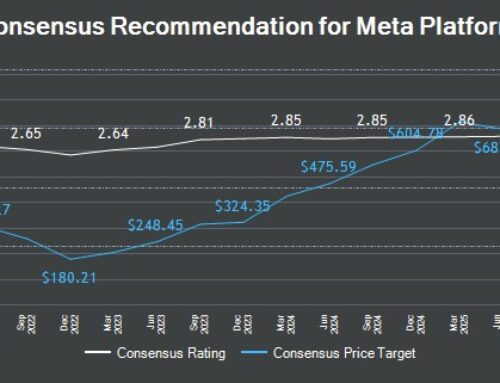Tesla says Model 3 production on track, will curb spending in 2018
May 2, 2018
By Alexandria Sage
SAN FRANCISCO (Reuters) – Tesla Inc stood by its production targets for its Model 3 on Wednesday, assuring investors that its key new vehicle was on track, and sought to downplay increased wariness over its finances, saying it expected to achieve net profit in both its third and fourth quarters.
Still, the company – which posted its worst-ever quarterly loss on Wednesday – warned it would shut down production for about 10 days during the second quarter, including its most recent stoppage in April. That temporary shutdown underscores how assembly-line fixes still need to be made to reach Tesla’s goal of 5,000 Model 3 vehicles per week by the end of June.
Tesla said its spending had been trimmed and the company would spend less than $3 billion in capital expenditures in 2018, below its 2017 total of $3.4 billion.
But free cash flow, a key metric of financial health, widened to negative $1 billion in the first quarter from negative $277 million in the fourth quarter, excluding costs of systems for its solar business. Analysts had not expected so much spending, predicting hundreds of millions of dollars less in so-called cash burn, according to Thomson Reuters data.
Tesla did not break out a cash flow calculation as it has in previous quarters.
Tesla said it produced 2,270 Model 3s per week in the last week of April, up from 2,250 in the second week of the month. (https://bit.ly/2jn15SB) It said the net reservations for the Model 3, including configured orders not yet delivered, exceeded 450,000 at the end of the first quarter.
The company said that gross margins on the Model 3, which today are slightly negative, would be close to flat in the second quarter and grow to “highly positive” in the second half of the year.
Automotive revenue rose only 1 percent from the prior quarter to $2.74 billion.
Shares of the Palo Alto, California-based company were unchanged in extended trading after closing at $301.15.
CHIPPING AWAY
The niche carmaker, which two years ago vowed to build 500,000 vehicles annually in 2018, has attracted legions of fans for its advanced technology and design. But the company rushed its Model 3 to market, making mistakes in manufacturing whose effects are now being felt, and investor skepticism has risen.
Tesla faces a crucial time in its 15-year history, with the company under the gun to show it can efficiently and profitably build its first vehicle intended at high volume. Chief Executive Elon Musk acknowledged error recently in over-automating the Model 3 assembly-line, but it is still unclear how long and costly it will be to unwind this mistake.
“Steady, a word not often used in describing Tesla, is becoming more of a reality as management continues to chip away at its 5,000 units per week Model 3 production goal,” wrote Consumer Edge analyst Jamie Albertine in a note, estimating that it would be achieved in the second half of 2018.
Twice last month, Musk said Tesla will not need a capital raise in 2018, due to profitability and positive cash flow in the third or fourth quarters.
Tesla reported a loss of $709.6 million, or $4.19 per share, for the first quarter ended March 31, compared with a loss of $330.3 million, or $2.04 per share, a year earlier.
Excluding items, Tesla had a loss of $3.35 per share. Analysts had expected a loss of $3.58 per share, according to Thomson Reuters I/B/E/S.
The company said it ended the quarter with $3.2 billion in cash after spending $655.7 million in quarterly capital expenses.
The lack of Model 3 revenue has exacerbated Tesla’s cash burn as the company continues to spend on its assembly line and prepares for new investments on multiple projects in the pipeline, such as the Model Y crossover and its Gigafactory.
Tesla’s market cap is currently $50.9 billion, making it the second-most valuable U.S. automaker behind General Motors Co.
Tesla’s challenges have not been limited to its current production issues. A Tesla driver using the company’s partially autonomous Autopilot system died in a recent crash, sparking a public dispute between Musk and federal safety regulators investigating it.
The company has said the partially autonomous Autopilot system used at the time of the crash was “not perfect” but that the victim was at fault for not paying attention. In addition, Moody’s downgraded Tesla in March.
(Reporting by Alexandria Sage in San Francisco and Sonam Rai in Bengaluru; Editing by Peter Henderson and Matthew Lewis)
Search
RECENT PRESS RELEASES
Related Post




